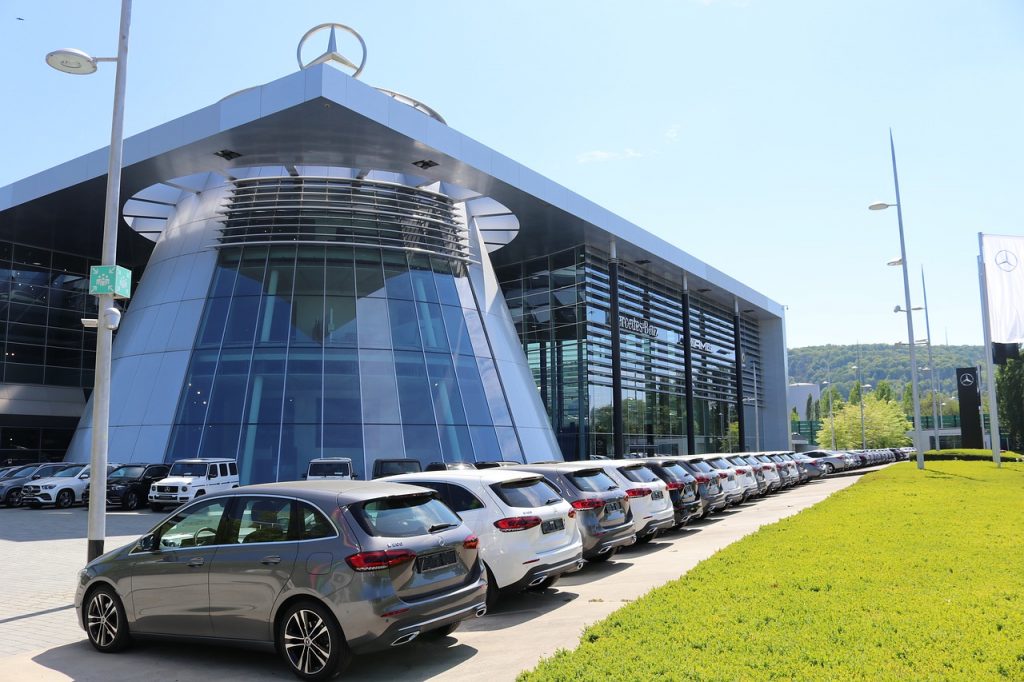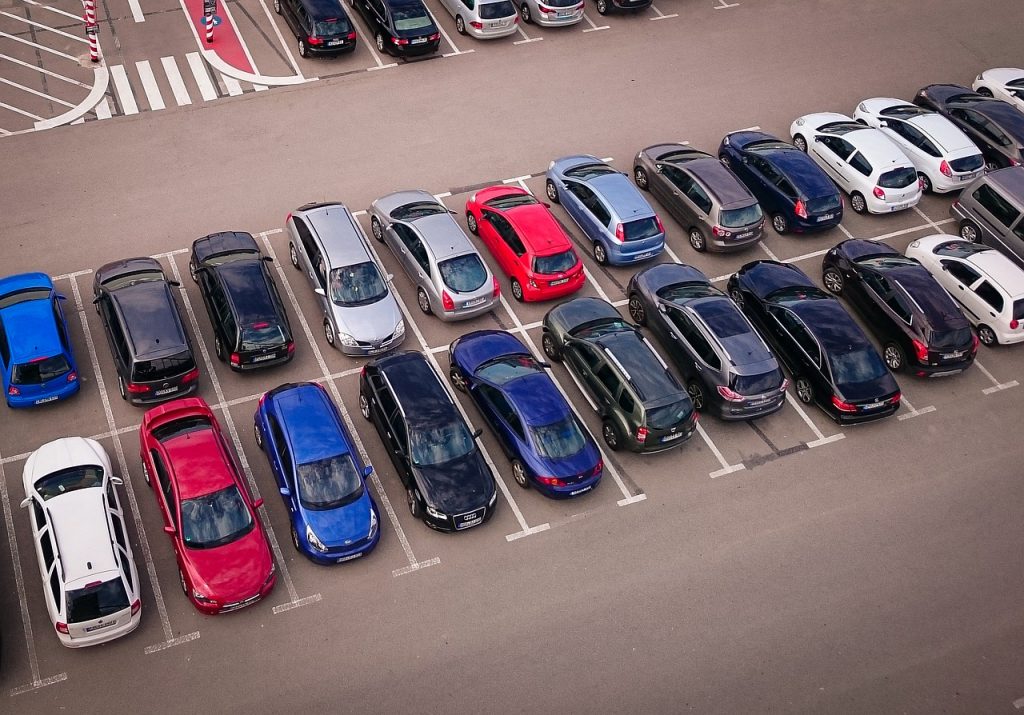New Car Features Are Becoming Increasingly Problematic
Some new car features are causing serious problems for drivers.
This article is more than 2 years old

Taking a few moments to peruse an array of cars from newer model years reveals that as time progresses automakers are equipping vehicles with more and more tech-based features. Trying to find a newer car without a digital touch display is like trying to find a needle in a haystack. On the surface, an increased amount of technology that comes standard in any one vehicle is a win for the consumer who already likely has an ecosystem of devices that they use going about their day, adding new car features would seemingly only add to that convenience. However, according to The New York Times, the technology being put inside cars is doing the opposite of making drivers’ lives easier. It is creating new headaches that have spurred a barrage of class actions lawsuits against various automakers.
The class-action lawsuit filings allege that the problems associated with tech features in cars are far-reaching and vastly varied. Some of the more prominent issues that drivers have complained about include display screens freezing, flickering, or going dark, unpredictable sound that can go silent or blast a full volume with no warning, and failing backup cameras. Many of the complaints that have arisen also relate to malfunctions between the new cars features and Apple and Google software integrations.
Moreover, the immense amount of tech-related issues in cars to crop up in recent years is having a significant impact on owners trying to go about their day-to-day lives. California resident Gary Gilpen told The New York Times that the screen in is his newly purchased Subaru Outback failed almost immediately after he purchased it and it took him nearly a month to get the car back after he dropped it off for repair. Gilpen took the whole situation in stride, but pointed out that “some people would have fumed.”

Gilpen’s situation is an example of an exceptional inconvenience that simply having the new car features caused, however, feature failures derived from tech could also potentially pose significant safety concerns for drivers. New tech car features that are meant to work and don’t can morph into a concerning distraction while on the road. For instance, if you are relying on your car’s internal display to relay navigational information to you while in an unfamiliar place and it suddenly fails, not only would you be in a foreign place without a clue of where to go, but you would then have to find a spot to pull over and perhaps utilize your phone’s navigation to get to where you were going. If you can’t pull over and you attempt to use your phone any way you are effectively putting yourself and other drivers at risk of getting into an accident simply because one of the new tech features on your car failed.
The new car feature deficiencies are likely arising because of the difficulty established automakers are having making the leap into a more technologically integrated world and keeping up with the likes of modern companies like Tesla who already have a firm grip on how software can be successfully melded with a vehicle. Simply put, automakers are trying to traverse territory that they do not have sufficient understanding of which is causing problems in their cars that they are then at a loss to address.
Whether or not seasoned automakers will eventually be able to catch up with the times and successfully integrate new tech features into their cars is something that still remains to be seen. However, Benjamin Johns, a partner at the Pennsylvania firm Chimicles Schwartz Kriner & Donaldson-Smith who is working on a class-action lawsuit against Subaru put it best when he said “The carmakers are getting better at technology, but the technology is continuing to evolve.”









